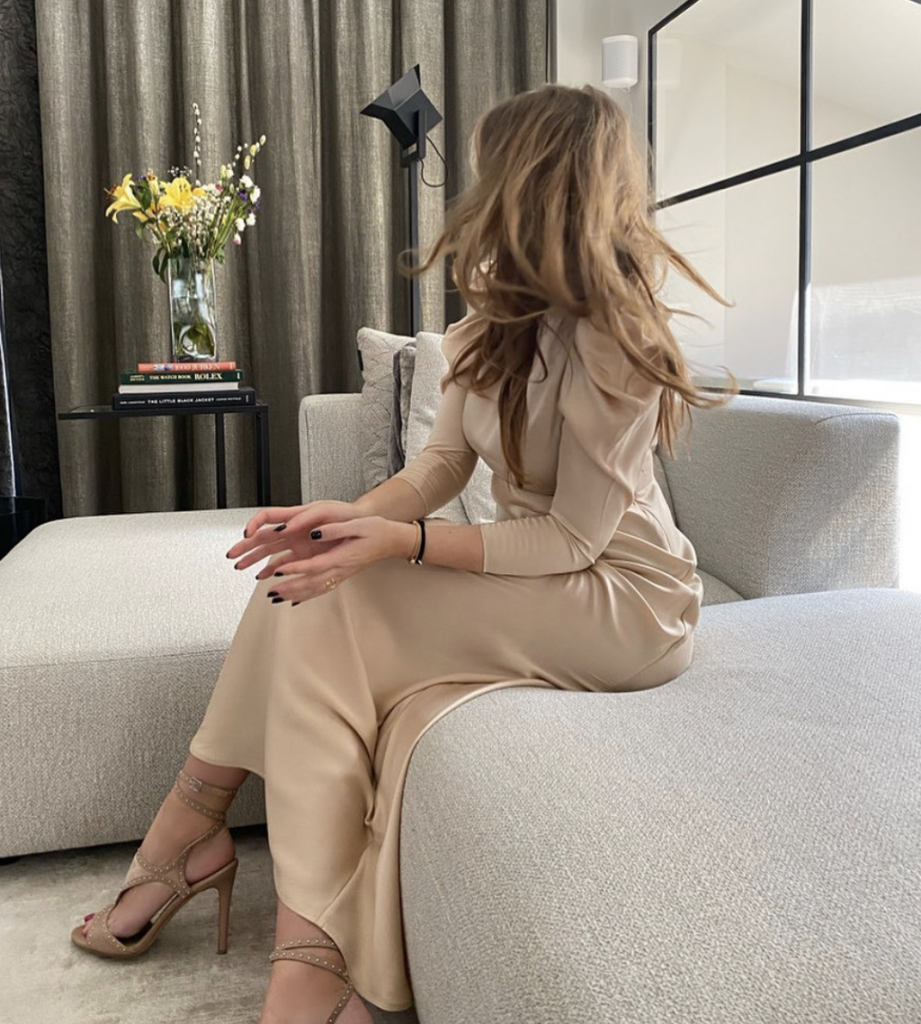One of the biggest everyday challenges faced by every female professional is how to dress for work. The rules and expectations that govern corporate attire can vary from organization to organization; even when there’s a prescribed dress code, the guidelines can seem vague at best and utterly arbitrary at worst.
The added pressure on women to exude certain qualities in a business environment can also feel stifling and limiting. It’s on us to appear professional and respectable; it’s also on us to control the narrative on how others perceive us. To be taken seriously and respected, we have to put our best foot forward. Fortunately, dressing well is something that already comes easily to many women. Here’s how to translate those style skills into the corporate world:

Decipher the Dress Code
Dressing for the office usually means adhering to a mandated dress code. For women, it usually comes down to 2 types: traditional or business formal, and business casual or smart casual. Some organizations allow “casual” days; this is the norm in industries that are more creative or artistic in nature.
Business formal attire for women is governed by a set of strict, non-negotiable rules. In a way, adhering to it can be easier because there’s little to no guesswork involved. Dresses and skirts should be knee-length or lower, shoulders should stay covered, and the cleavage area should be concealed from view. Some organizations may require their female employees to wear nude hosiery, tights, or opaque knee-high socks designed for women to cover up the legs as well. Colors used should be dark or neutral—nothing too striking or eye-catching.
The easy way to pull it off is with a coordinated two-piece outfit composed of a matching jacket and skirt or pair of trousers. A pair of low-heeled, closed-toe shoes should complete the look.
Business casual or smart casual attire is where most women get tripped up. There isn’t a standard definition for this type of dress code, making it even more difficult to conceptualize. “Professional but relaxed” is a good way to describe the style. It’s less sedate and conservative than business formal, but it’s still polished and tidy. Dresses and skirts should still be knee-length or lower, but you can play around with more colors and even show a tiny bit of skin. Not the cleavage, though—it simply isn’t workplace-appropriate, regardless of dress code.
In this category, you can get away with a sleeveless top or dress, but you’ll also want to layer up with an unstructured blazer or cardigan. As above, skirts should reach the tops of your knees, but you can also wear wide-leg pants, chinos, or suit trousers. Stay away from wild or busy prints and patterns and stick to solids instead—most pastel and jewel tones are acceptable. Sensible, closed-toe shoes are still recommended, though some offices do permit peep-toe footwear. You don’t want to wear distressed jeans or flip-flops. It’s also best to leave the gym shoes or canvas sneakers at home.
Think “Casual Restaurant” in the Absence of a Dress Code
If you happen to work at a company that doesn’t enforce a dress code, congratulations! The world is your oyster. You still can’t go to work looking like you’ve just rolled out of bed, though.
The absence of a dress code shouldn’t embolden you to start heading to the office in ratty loungewear or super revealing outfits. It usually signifies a casual dress code—the very same one enforced at many casual dining establishments. When putting together an outfit, go for what you’d wear to a laidback dinner date or a Sunday brunch with the girlfriends. You still want to look nice even if you’re only wearing a t-shirt and jeans.
Spend on Staples
When it comes to clothes you’ll be wearing often—as in your work wardrobe—it’s worth investing in the best. Pay attention to the craftsmanship and materials, not the brand name. High-quality garments and shoes will last forever if you treat them well. That means paying attention to the care tags, sending them out to be professionally cleaned, and storing them properly.
Get Your Threads Tailored
Business attire tends to be very structured, making it harder to disguise garments that don’t fit properly. However, not everyone can afford bespoke pantsuits and custom-made coordinates. Never fear, though; you can achieve that expensive designer fit on a fast fashion budget by taking your off-the-rack clothes to a skilled tailor or seamstress. They can shorten or lengthen hemlines, take in dresses or pants so that they fit snugly at the waist, adjust the shoulder-widths of your shirts, crop sleeves, and much more.
Being fashionable, not trendy, is the key to dressing for success at work. Stick to clean lines, classic cuts, and timeless silhouettes, and use a light hand with makeup and perfume. And when in doubt, remember the mantra: dress for the job you want, not the one you have!


